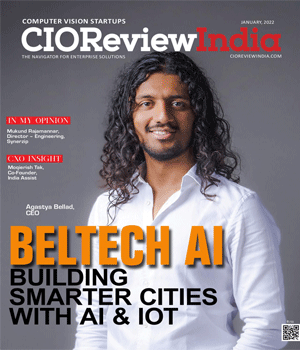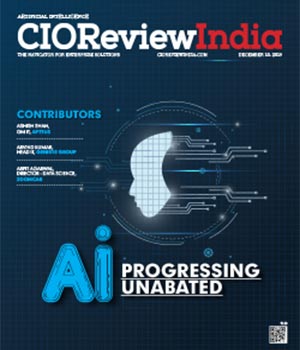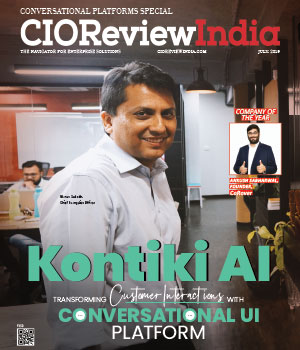
Tech-driven Strategies in DR and BCP to Reduce the System Downtime
Teja Boncheruvu, CIOReviewIndia Team | Wednesday, 21 August 2019, 14:04 IST

The race of the businesses towards the digitization has not only enabled ease of operations but also increased the attack surface making business vulnerable to security threats and disasters both natural and man-made. Here are latest trends in Disaster Recovery and Business Continuity Process that are intended to take the disaster recovery mechanism to the higher level,
Cloud Strategy
Most of the business applications and services today are SaaS based storing data in the remote cloud. The combination of cloud and internet had made it possible to recover from the disasters like never before especially for the SMEs with scarce resources. Cloud based disaster recovery strategy involves maintaining and restoring the data records in the cloud environment. Cloud has dramatically reduced the disaster recovery time and amount spent on the recovery process.
Outsourcing of Services
Outsourcing the DR and BCP services to a consulting firm helps to improve the ability to recover from disasters and achieve business continuity by establishing potential systems to deal with threats specific to the individual business environment. Outsourcing provides expert assistance for companies to evolve strategies to integrate security into business continuity planning and reduce the system downtime. It also offers sophisticated data centres and infrastructure that are more secure than conventional systems.
Virtualization
Virtualization technique is believed to be the most efficient way of disaster recovery and business continuity planning till date by experts in the industry. Virtual disaster recovery process is a combination of storage and server virtualization that involves virtualized workloads to create effective means of disaster recovery and data backup.
Artificial Intelligence
AI-powered disaster recovery and business continuity systems utilize cognitive capabilities to analyse the data patterns and decide when to backup the data or recovery the processes that are gradually moving towards the failure to prevent from abnormalities. The AI integrated self-driving data backup systems monitor and supervise the daily backup and recovery processes and generate insights to help businesses address the data protection issues.
These are some of the recent developments in the Disaster Recovery and Business Continuity Process domain on which businesses should keep a keen eye in order to address unexpected consequences and resume to work quickly by reducing impact of a disaster.
CIO Viewpoint
Harnessing the Power of AI and ML for Business...
By Vinod Subramanyam, Managing Director, Brillio
The Key to Achieving Real-time AI: Optimizing...
By Mukundha Madhavan, APAC Tech lead, Datastax
Smart Payment Solutions: The Role of AI and IoT...
By Manoj Varma, Head - Payments, Lyra Network, India
CXO Insights
Navigating the Ethical Frontier: Transforming...
By Varun Shah, Software Development Manager, Amazon Services LLC
AI and Sustainability Forge the Future of Tech...
By Ajeya Motaganahalli, VP - Engineering, and MD, Pure Storage India
Maximizing Customer Satisfaction with AI-Driven...











.jpg)
.jpg)
.jpg)







